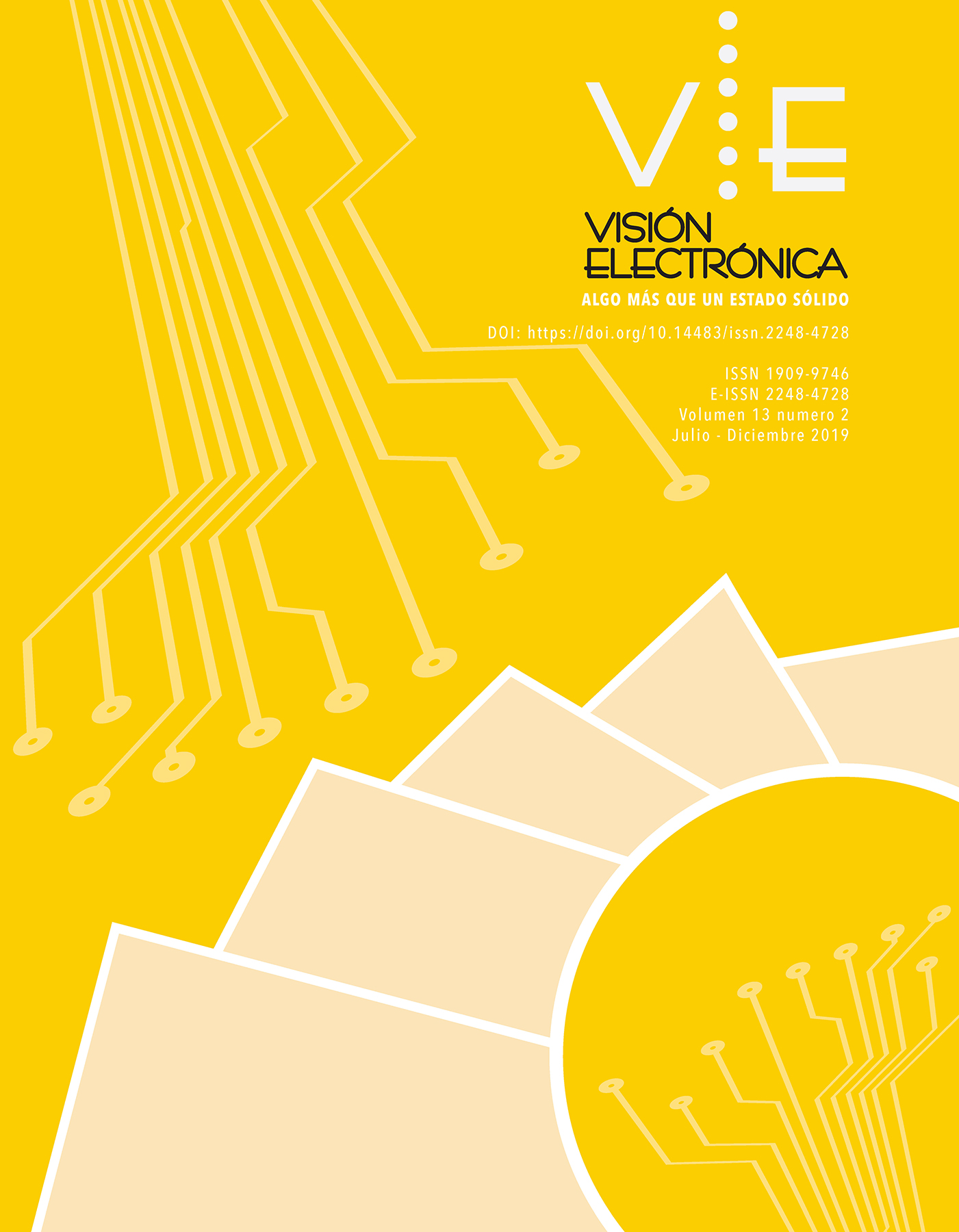DOI:
https://doi.org/10.14483/22484728.15165Publicado:
2019-07-26Número:
Vol. 13 Núm. 2 (2019)Sección:
Visión ActualMeanings that engineering students confer to the antiderivative
Significados que los estudiantes de ingeniería confieren a la antiderivada
Palabras clave:
Antiderivative, Engineering students, Meaning, Onto-Semiotic Approach (en).Palabras clave:
Antiderivada, Estudiantes de ingeniería, Significado, Enfoque Ontosemiótico (es).Descargas
Resumen (en)
In this article, are presented the results of a questionnaire designed to evaluate college students’ understanding of the antiderivative. Specifically, by civil engineering students when answering the questionnaire tasks, in order to identify and characterize the meanings on the antiderivative that are developed by them. In order to analyse the answers given, were used some theoretical and methodological notions provided by the theoretical model known as the Onto-Semiotic Approach (OSA) of mathematics cognition and instruction. The results show the knowledge of antiderivative by the Civil Engineering students. Furthermore, the comparison between the mathematical activity of students provides information that allows concluding that the meanings that they mobilized might be shared among their communities
Resumen (es)
En este artículo, se presentan los resultados de un cuestionario diseñado para evaluar la comprensión de los estudiantes universitarios de la antiderivada. Específicamente, por estudiantes de ingeniería civil al responder las tareas del cuestionario, con el fin de identificar y caracterizar los significados sobre la antiderivada que son movilizados por ellos. Para analizar las respuestas dadas, utilizamos algunas nociones teóricas y metodológicas proporcionadas por el modelo teórico conocido como Enfoque Ontosemiótico (EOS) del conocimiento y la instrucción matemática. Los resultados muestran el conocimiento de la antiderivada por parte de los estudiantes de Ingeniería Civil. Además, la comparación entre la actividad matemática de los estudiantes proporciona información que permite concluir que los significados que movilizaron podrían compartirse entre sus comunidades
Referencias
E. Bingolbali, J. Monaghan and T. Roper, “Engineering Students’ Conceptions of the Derivative and Some Implications for Their Mathematical Education”, International Journal of Mathematical Education in Science and Technology, vol. 38, no. 6, 2007, pp. 763-777. https://doi.org/10.1080/00207390701453579
B. V. Gnedenko and Z. Khalil, “The Mathematical Education of Engineers”, Educational Studies in Mathematics, vol. 10, no. 1, 1979, pp. 71-83. https://doi.org/10.1007/BF00311176
G. Sonnert and P. M. Sadler, “The Impact of Taking a College Pre-Calculus Course on Students’ College Calculus Performance”, International Journal of Mathematical Education in Science and Technology, vol. 45, no. 8, 2014, pp. 1188-1207. https://doi.org/10.1080/0020739X.2014.920532
S. R. Jones, “Areas, Anti-derivatives, and Adding up Pieces: Definite Integrals in Pure Mathematics and Applied Science Contexts”, Journal of Mathematical Behavior, vol. 38, 2015, pp. 9-28. https://doi.org/10.1016/j.jmathb.2015.01.001
L. R. Pino-Fan, V. Font, W. Gordillo, V. Larios and A. Breda, “Analysis of the Meanings of the Antiderivative Used by Students of the First Engineering Courses”, International Journal of Science and Mathematics Education, vol. 16, no. 6, 2017, pp. 1091-1113. https://doi.org/10.1007/s10763-017-9826-2
W. L. Hall, “Student misconceptions of the language of calculus: Definite and indefinite integrals”, Proceedings of the 13th Annual Conferences on Research in Undergraduate Mathematics Education, 2010, pp. 1-16.
J. D. Godino, C. Batanero and V. Font, “The Onto-Semiotic Approach to Research in Mathematics Education”, ZDM, The International Journal on Mathematics Education, vol. 39, no. 1, 2007, pp. 127-135. https://doi.org/10.1007/s11858-006-0004-1
J. D. Godino and C. Batanero, “Significado Institucional y Personal de los Objetos Matemáticos”, Recherches en Didactique des Mathématiques, vol. 14, no. 3, 1994, pp. 325-355.
J. W. Creswell, “Research design: qualitative, quantitative and mixed methods approaches”, Thousand Oaks: Sage publications, 2009, p. 304.
J. D. Godino, “Un Enfoque Ontológico y Semiótico de la Cognición Matemática”, Recherches en Didactique des Mathématiques, vol. 22, no. 2.3, 2002, pp. 237-284.
W. Gordillo, “Análisis de la Comprensión de la Antiderivada en Estudiantes Universitarios”, thesis Ph.D., Universidad de Los Lagos, Osorno, Chile. 2015.
W. Gordillo and L. R. Pino-Fan, “Una Propuesta de Reconstrucción del Significado Holístico de la Antiderivada”, Bolema: Boletim de Educação Matemática, vol. 30, no. 55, 2016, pp. 535-558. https://doi.org/10.1590/1980-4415v30n55a12


.png)




.jpg)





